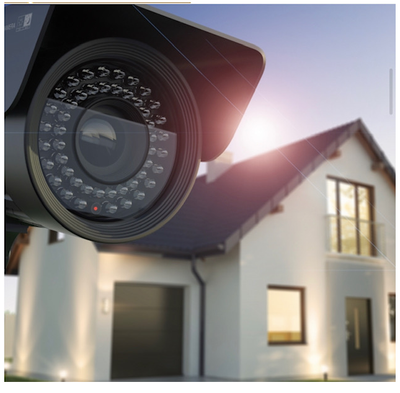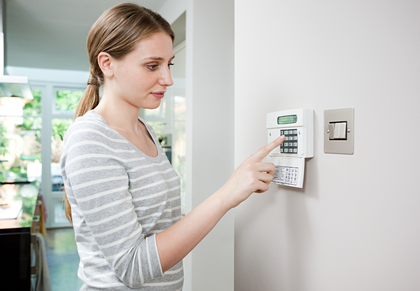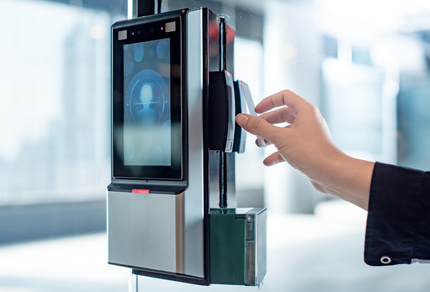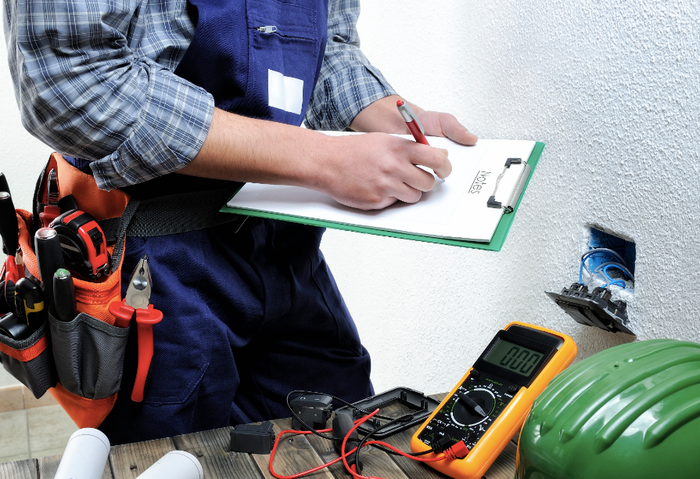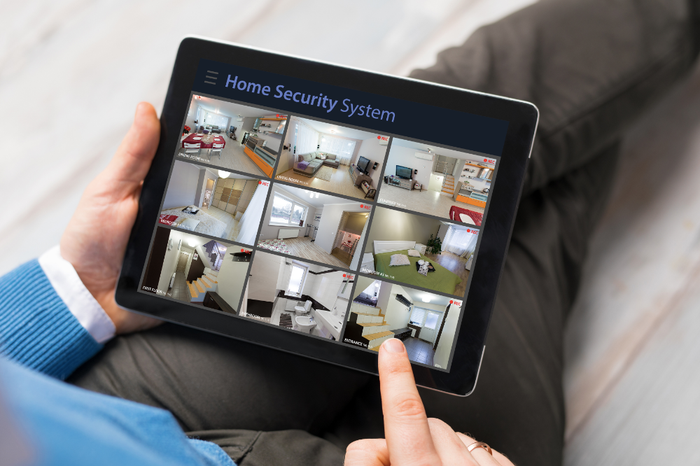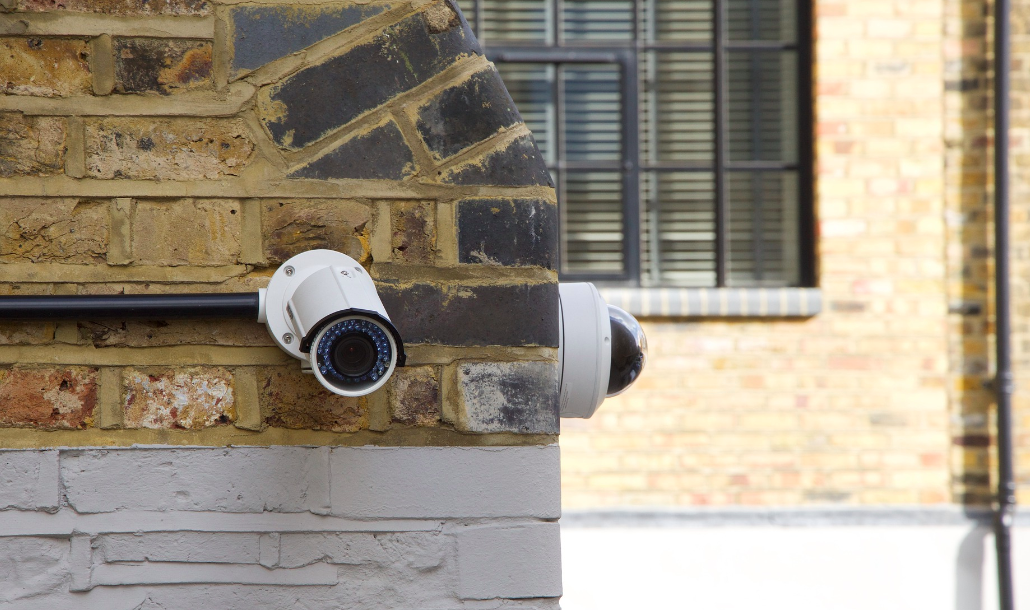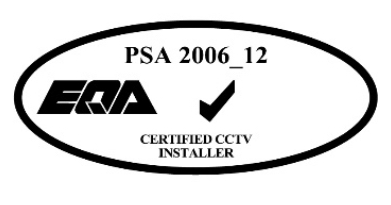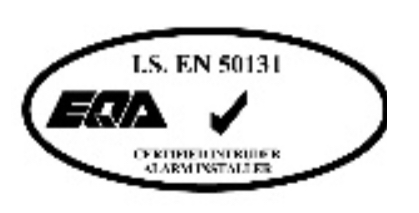Guardland Security
Guardland Security Ltd
PSA-Certified Security Specialists
✓ Intrusion Alarms ✓ Smart CCTV ✓ Access Control
Safeguarding Irish Homes & Businesses Since 2008
PSA Registered NO 10679 & Amtivo Approved Installer of Alarms, CCTV, & Access Control
Alarm System Wired/Wireless - CCTV Systems -Smart Home Devices, Setup & Installation
Access Control, Intercoms.
Over 40 Years of Experience in Security Installation & Servicing
Protecting What Matters
We treat every project with the respect it deserves, and don't stop until you are satisfied.
Why Customers Choose Guardland Security – Year After Year
"Exceptional protection begins with systems you can trust and service you can rely on."
Comprehensive Security Solutions for Every Need
We deliver premium-grade security installations and maintenance for:
🔹 Residential Homes
🔹 Commercial Properties
🔹 Specialist Facilities
Our Expertly Engineered Systems
1. Intruder Alarm Systems
- Wired & Wireless Installations
- Seamless integration in existing properties or new constructions
- 24/7 Monitoring Options
- Cellular, internet, or hybrid connectivity for fail-safe protection
2. Intelligent CCTV Surveillance
- Remote & Self-Monitoring Solutions
- High-Definition Cameras with mobile access
- AI-Powered Analytics for proactive threat detection
3. Environmental & Life Safety Protection
- Smoke, heat, and combustible gas sensors
- Flood/water leakage detection
- Medical alert and panic button integration
4. Smart Access & Communication
- Secure intercom systems
- Biometric and mobile-based entry control
Total Control – Wherever You Are
✔ Real-Time Mobile Access – View camera feeds, arm/disarm systems, and receive alerts from any device
✔ Custom Scheduling – Automate security based on your routines
✔ No Long-Term Contracts – Flexibility without compromising protection
"With Guardland, your property is secured – but you’re never locked in."
The Guardland Difference
💡 Proven Expertise – Certified installations compliant with EN 50131 & PSA standards
💡 Reliable Support – Dedicated 24/7 monitoring and maintenance
💡 Satisfaction Guaranteed – Our long-term clients are our best testimonial
Experience security designed around your life – not the other way around.
[Get Your Free Consultation Today] ]
Guardland Security Ltd
We only install exceptional Products that are proven in there field of expertise
Get a Free Quote Today!
Contact Us
CONTACT US
Guardland Security for a free Consultation
- Protect your home with Security that goes the extra step to keep you aware and in control — from anywhere!
- Any Special or Integrated Security requirements needed, do not hesitate to ask.
- We will look to finding a solution to your security needs always.
We pride ourselves on providing value and competitive pricing, as well as meeting your budget parameters and timelines. Should you wish to discuss your CCTV requirements or obtain a no-obligation quote,
Email: noel@guardlandsecurity.com
Telephone Noel at 0858544220
Your Complete Guide to Security Systems by Guardland Security Ltd
Finding the Right Alarm System for Your Property
Choosing the perfect alarm system depends on your property’s unique needs. Below, we break down the four main types of alarm systems to help you make an informed decision.
1. Wireless Alarm Systems
How They Work:
Sensors communicate via secure radio signals to a central control panel. When triggered, the alarm activates instantly.
Key Features:
✅ Easy Installation – No wiring required
✅ Ideal for Homes & Small Businesses
⚠ Considerations:
- Limited range between sensors
- Requires periodic battery changes
Best For: Residential properties and small commercial spaces where minimal disruption is preferred.
2. Wired Alarm Systems
How They Work:
All components are physically connected via wires for maximum reliability.
Key Features:
✅ Unmatched Reliability – No signal interference
✅ Low Maintenance – No battery replacements
⚠ Considerations:
- Higher installation cost (requires professional setup)
- Best suited for new constructions or major renovations
Best For: Large facilities or properties needing long-term, tamper-proof security.
3. Monitored Alarm Systems
How They Work:
24/7 professional monitoring ensures emergency services are dispatched automatically when threats are detected.
Key Features:
✅ Round-the-Clock Protection – Even when you’re away
✅ Smart Response – Tailored reactions to fires, break-ins, or false alarms
⚠ Considerations:
- Monthly service fee
Best For: Busy homeowners, businesses, or anyone prioritizing peace of mind.
4. Unmonitored Alarm Systems
How They Work:
Triggers loud alarms and/or mobile alerts, relying on you or neighbors to respond.
Key Features:
✅ Budget-Friendly – No monthly fees
⚠ Considerations:
- Less comprehensive protection
- Requires user intervention
Best For: Cost-conscious users with low-risk properties.
Not Sure Which System You Need?
"Every property deserves a tailored solution."
Our experts at Guardland Security Ltd – with 40+ years of experience across Ireland and beyond – will guide you through:
🔹 System Selection – Matched to your property’s layout and risks
🔹 Professional Installation – Compliant with EN 50131 & PSA standards
🔹 Ongoing Support – Including optional 24/7 monitoring
📞 Get a Free, No-Obligation Quote Today
Smart CCTV: How to Choose the Right System
Key Considerations for Your Surveillance Setup
- Resolution & Bandwidth
- Higher resolution = clearer footage but requires more network capacity.
- Pro Tip: Consult your IT team to ensure your network can handle the data load.
- Essential Camera Features
- Night Vision (IR LED) – For low-light areas
- Wide Dynamic Range – Balances bright/dark zones (e.g., entrances)
- Field of View (FOV) – Wider lenses (e.g., 2.8mm) cover more area; narrower lenses (e.g., 8mm) zoom in farther.
- Storage Needs
- More cameras + higher resolution = greater storage demand.
- Options: Cloud, NVRs, or edge storage (SD cards).
- Frame Rate (FPS)
- 10–30 FPS is ideal for most applications (smooth motion without overloading bandwidth).
Access Control: Who Needs It?
Businesses That Benefit Most:
- Law Firms & Financial Offices – Protect confidential data
- Healthcare Facilities – Secure pharmaceuticals and sterile zones
- Industrial Sites – Restrict access to hazardous materials
- Schools – Enhance student and staff safety
Popular Solutions:
🔐 Biometric Scanners | 🖥 Remote Management | 📲 Mobile Integration
Why Guardland Security?
✔ Certified Experts in HKC & Dahua systems
✔ Tailored Designs – No one-size-fits-all solutions
✔ Dependable Support – From installation to maintenance
📧 Email: noel@guardlandsecurity.com
📞 Call: 085 854 4220
Your security is our legacy – let’s protect what matters.

